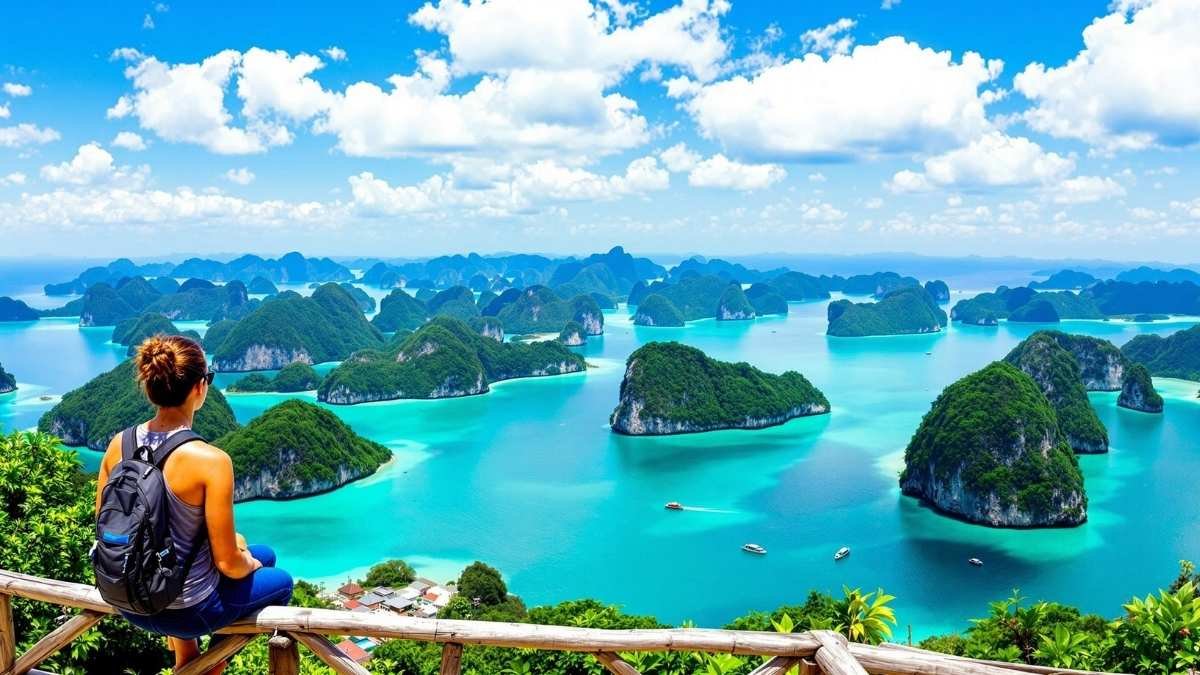
What we crave most isn’t a destination—it’s the feeling of discovering something untouched. A place where Wi-Fi drops out, but your sense of wonder kicks in.
Where the air feels different, the silence means something, and every path feels personal. These are the places that don’t scream for attention—but leave a mark that’s hard to shake. If your 2025 bucket list needs more than resorts and reruns, you’re in the right mindset.
We’re stepping far beyond the tourist trail—into corners of Asia and Africa where raw beauty, depth, and soul still reign quietly and completely. Ready to disappear into it?
1. Ang Thong National Marine Park, Thailand
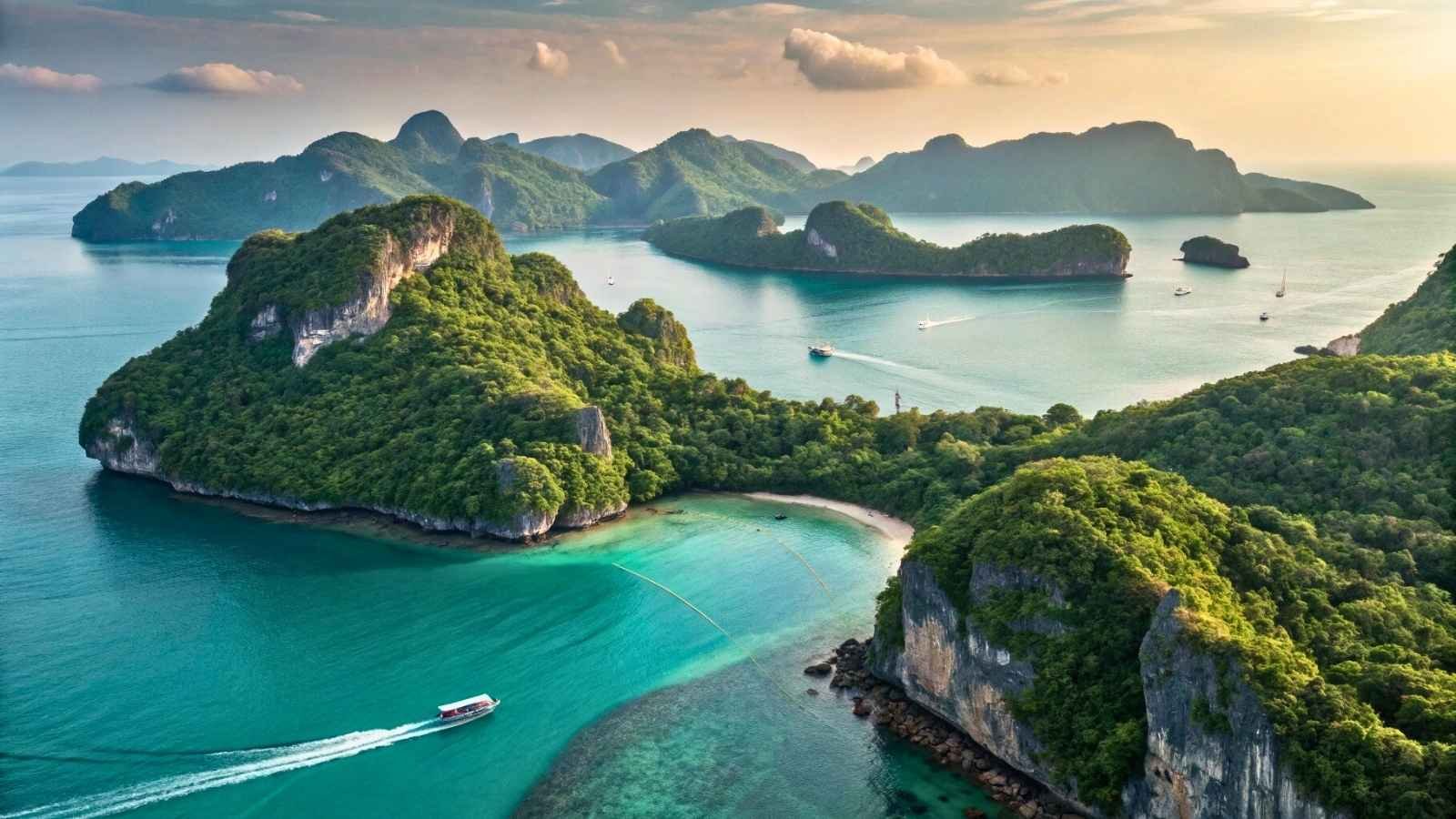
Tucked away in the Gulf of Thailand, Ang Thong National Marine Park feels like a world untouched by time. This archipelago of 42 limestone islands is laced with emerald lagoons, hidden coves, and towering cliffs — the kind of scenery that makes you pause mid-kayak and just take it all in. It’s not the Thailand you see on brochures with packed beaches and bucket cocktails — it’s quiet, raw, and overwhelmingly beautiful.
The park is accessible by boat from Koh Samui or Koh Phangan, but most visitors only skim its surface on a day trip. If you’re craving solitude, spend the night in one of the basic park bungalows on Ko Wua Talap — falling asleep to the sound of lapping waves and waking to macaques rustling in the trees is something you don’t forget easily.
The beauty of Ang Thong is how it pulls you off the grid without asking for much in return. You don’t need luxury here — just a snorkel, some good shoes for hiking to the viewpoints, and enough time to let the silence soak in.
Quick Guide:
- Best Months to Visit: March to October (Avoid rainy season from November to January)
- Top Experiences: Sea kayaking, snorkeling, hiking to the Koh Wua Talap viewpoint
- Getting There: Boat tours from Koh Samui or Koh Phangan
- Where to Stay: Park bungalows or beach camping (must book through Thai National Parks)
- Pro Tip: Go mid-week for fewer crowds and consider an overnight tour
2. Ha Giang Province, Vietnam
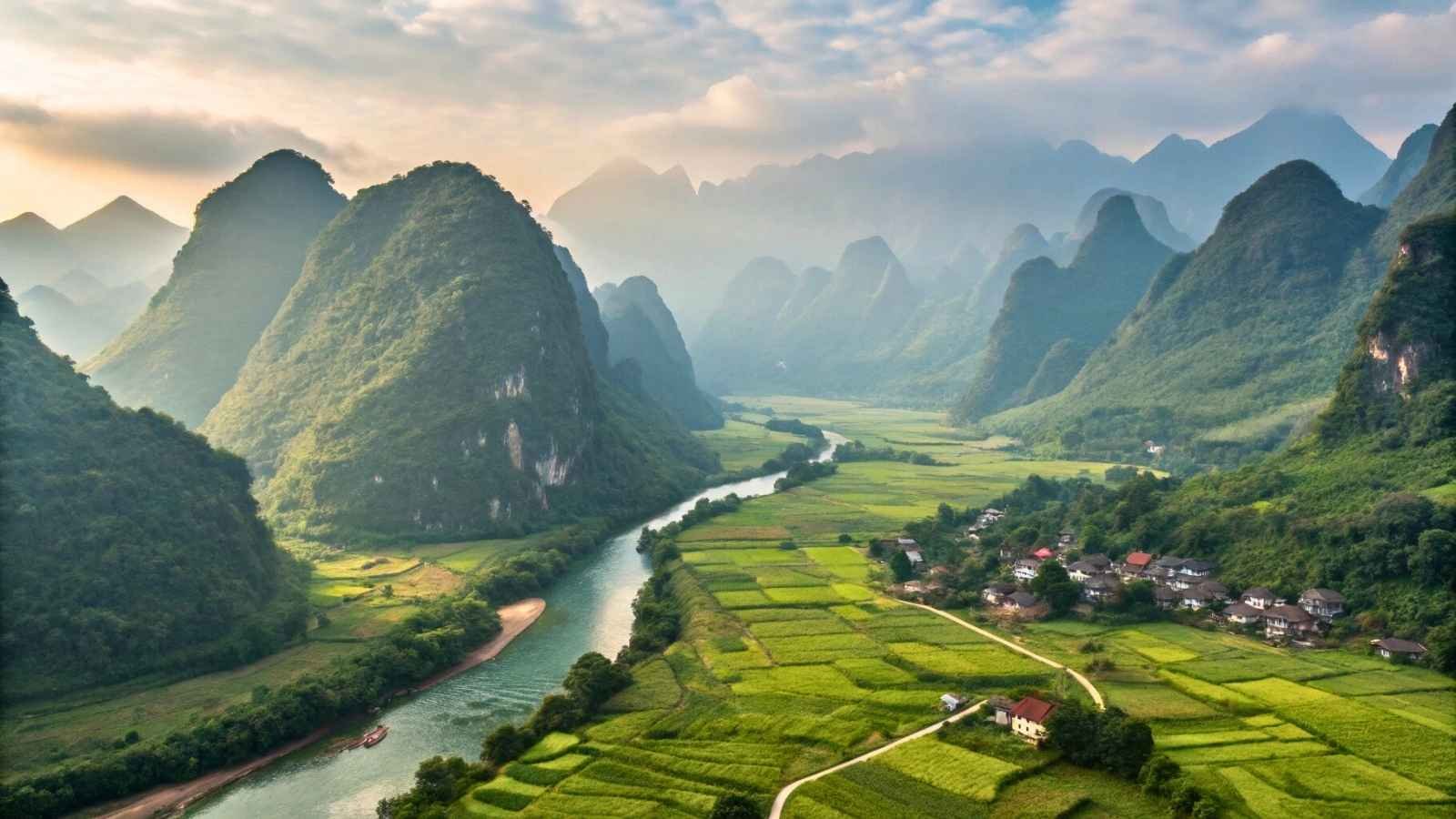
Way up in northern Vietnam, beyond the well-worn path of Sapa and Halong Bay, lies Ha Giang — a region of winding mountain passes, ethnic hill tribes, and karst peaks that slice the sky. It’s where Vietnam flexes its raw muscle, offering dramatic landscapes without the frills — or the crowds.
Driving the Ha Giang Loop (a roughly 300-kilometer motorbike circuit) is one of the most thrilling and humbling journeys in Southeast Asia. Tiny villages cling to cliff edges, locals wave from rice terraces, and the air feels cleaner with every twist of the road. Don’t expect polished hotels or perfect English — expect authenticity.
It’s the kind of place that rewards patience. You won’t find Wi-Fi everywhere, and ATMs are rare, but in return, you’ll get sunrises over misty valleys, evenings sipping corn wine with the Hmong, and the kind of quiet that seeps into your bones.
Quick Guide:
- Best Months to Visit: September to November (post-monsoon greens, pre-winter chill)
- Top Experiences: Motorbike the Ha Giang Loop, visit Dong Van Karst Plateau, stay with local families
- Getting There: Bus or van from Hanoi to Ha Giang City, then rent a motorbike
- Where to Stay: Family-run homestays in Meo Vac, Dong Van, and Yen Minh
- Pro Tip: Bring cash and pack warm layers—nights can get cold even in summer
3. Yakushima Island, Japan
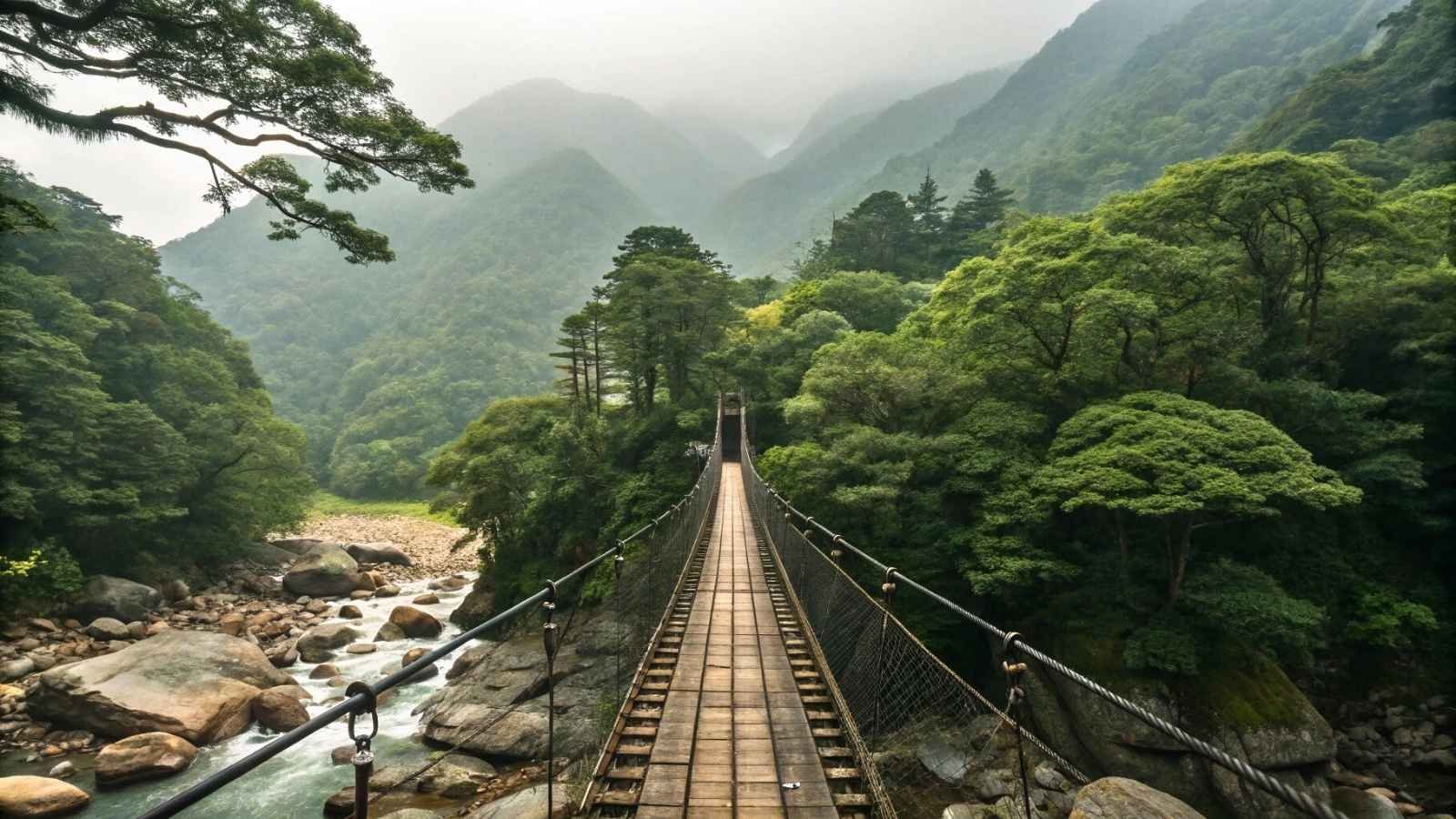
Tucked in the far south of Japan, Yakushima feels like stepping into a moss-draped fairytale. The island, a UNESCO World Heritage Site, is known for its ancient cedar forests — some trees are over 7,000 years old — and for being the inspiration behind Studio Ghibli’s Princess Mononoke. It’s humid, it’s wild, and it’s utterly magical.
Yakushima is not the Japan of bullet trains and neon. Here, hiking is a spiritual experience. Trails wind through misty forests, over suspension bridges, and under gnarled roots. You’ll likely encounter more deer and monkeys than people. And after the hikes? Soak in a seaside onsen as the tide rolls in — yes, that’s a thing here.
But don’t underestimate the wilderness. Trails can be slippery, weather shifts quickly, and leeches are a known nuisance. That said, if you’re up for a bit of unpredictability, Yakushima gives back in ancient green grandeur.
Quick Guide:
- Best Months to Visit: March to May or October to November
- Top Experiences: Hiking to Jomon Sugi (oldest tree), Shiratani Unsuikyo Ravine, beachside onsen
- Getting There: Fly from Fukuoka or Kagoshima, or take a ferry
- Where to Stay: Eco-lodges and guesthouses around Anbo and Miyanoura
- Pro Tip: Rent a car—public transport is limited and infrequent
4. Luang Prabang, Laos
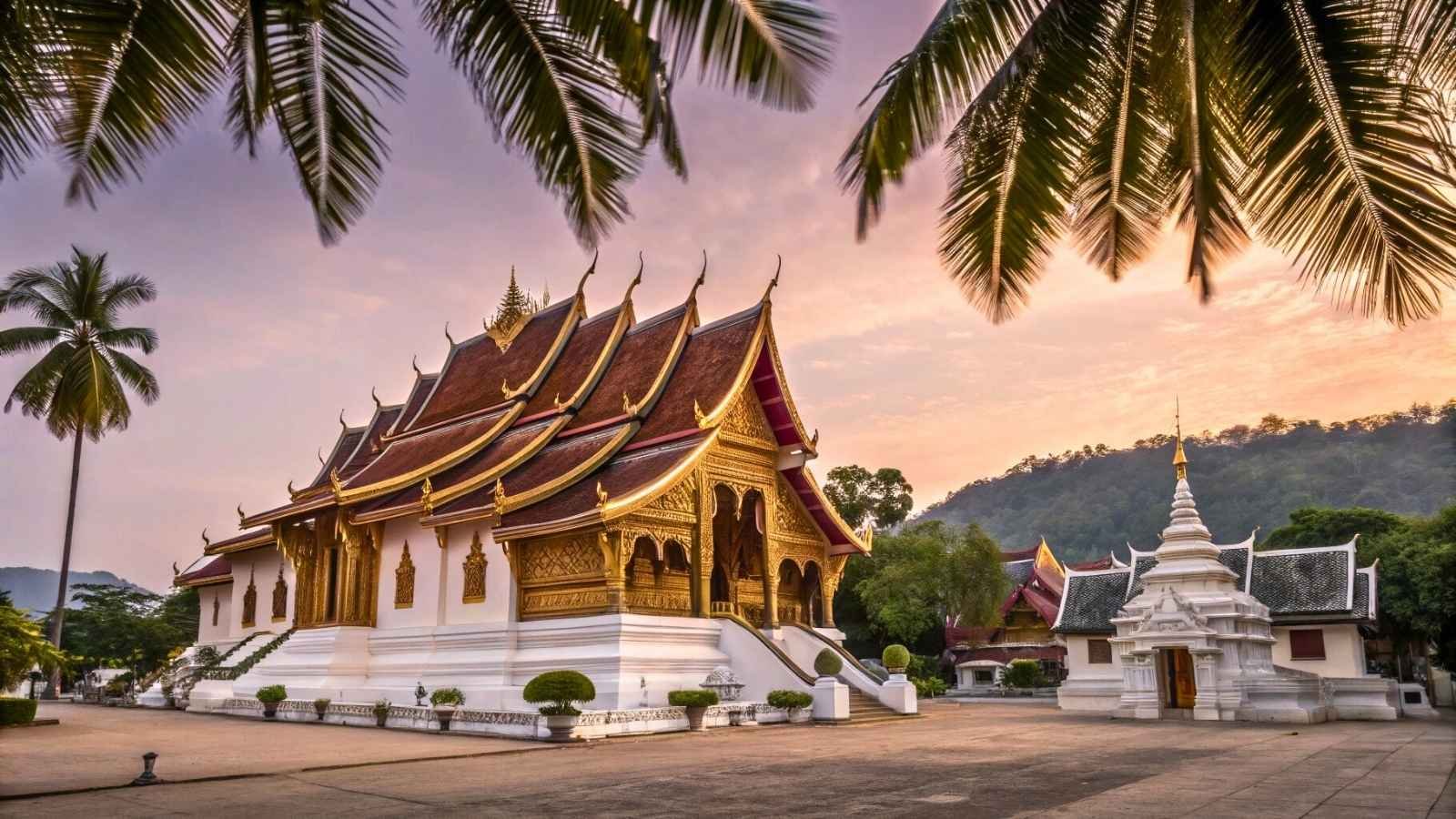
While it’s grown in popularity, Luang Prabang still feels like a deeply spiritual retreat tucked between the Mekong and misty mountains. It’s a place where saffron-robed monks move silently through morning light, and the pace of life never asks you to rush.
There’s a grace to this city, from the faded French villas to the gilded temples and nightly river breezes. Yes, it’s small and walkable, but there’s always more to explore: jungle waterfalls like Kuang Si, boat trips up the Mekong, or lazy hours wandering local markets with sticky rice in hand.
Luang Prabang isn’t wild or off-road, but it’s quietly profound. It’s where time slows just enough to let you feel the place — and isn’t that what untouched travel should be?
Quick Guide:
- Best Months to Visit: November to March (cooler, dry weather)
- Top Experiences: Alms-giving ceremony, Kuang Si Falls, river cruises, night market
- Getting There: Direct flights from Bangkok, Hanoi, or Siem Reap
- Where to Stay: Riverside guesthouses, colonial-style hotels
- Pro Tip: Wake early at least once to witness the monk procession in silence
5. São Tomé & Príncipe
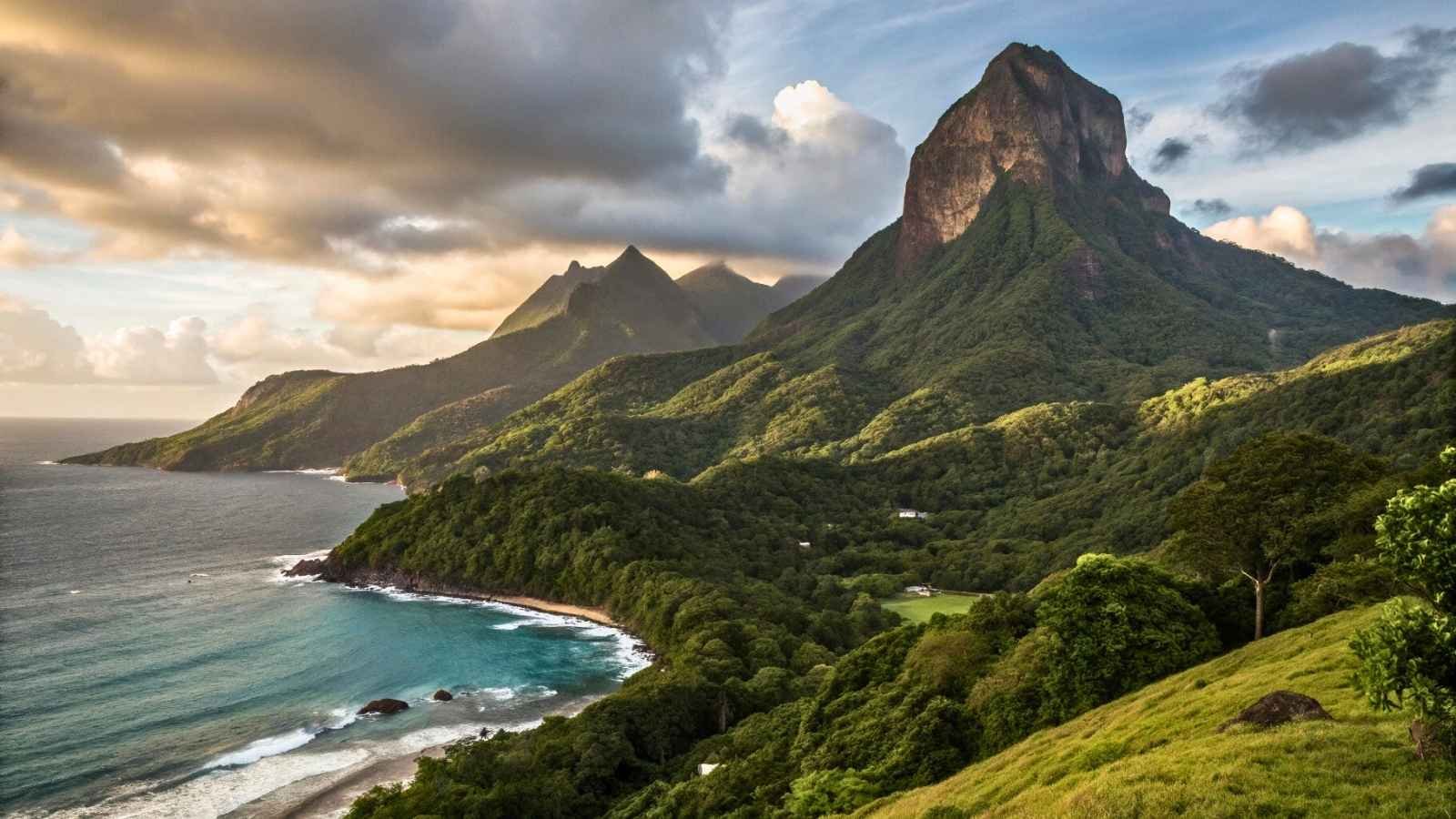
You could spend a lifetime pointing at a map and still miss São Tomé & Príncipe — two tiny volcanic islands adrift in the Gulf of Guinea, off Africa’s west coast. But if your soul stirs for unspoiled nature and slow rhythms, this is your place.
On Príncipe, you’ll find jungles that spill into turquoise coves, cocoa plantations reclaimed by nature, and rare birds flitting through ancient trees. São Tomé is slightly more developed but still deeply quiet — no resort rows, no cruise ships. Just raw, lush, tropical isolation that feels like stepping into Eden.
What makes it so remarkable is that few people go. Which means you’ll likely have the beach to yourself, the hikes uninterrupted, and the locals genuinely curious — and kind. If you’re looking for peace few have touched, this is it.
Quick Guide:
- Best Months to Visit: June to September (dry season)
- Top Experiences: Hike to Pico Cão Grande, dive pristine reefs, explore cocoa plantations
- Getting There: Flights from Lisbon (TAP Air Portugal is most reliable)
- Where to Stay: Boutique ecolodges on Príncipe, guesthouses on São Tomé
- Pro Tip: Bring USD or Euro cash — credit cards aren’t widely accepted outside hotels
6. Vietnam’s Central Highlands
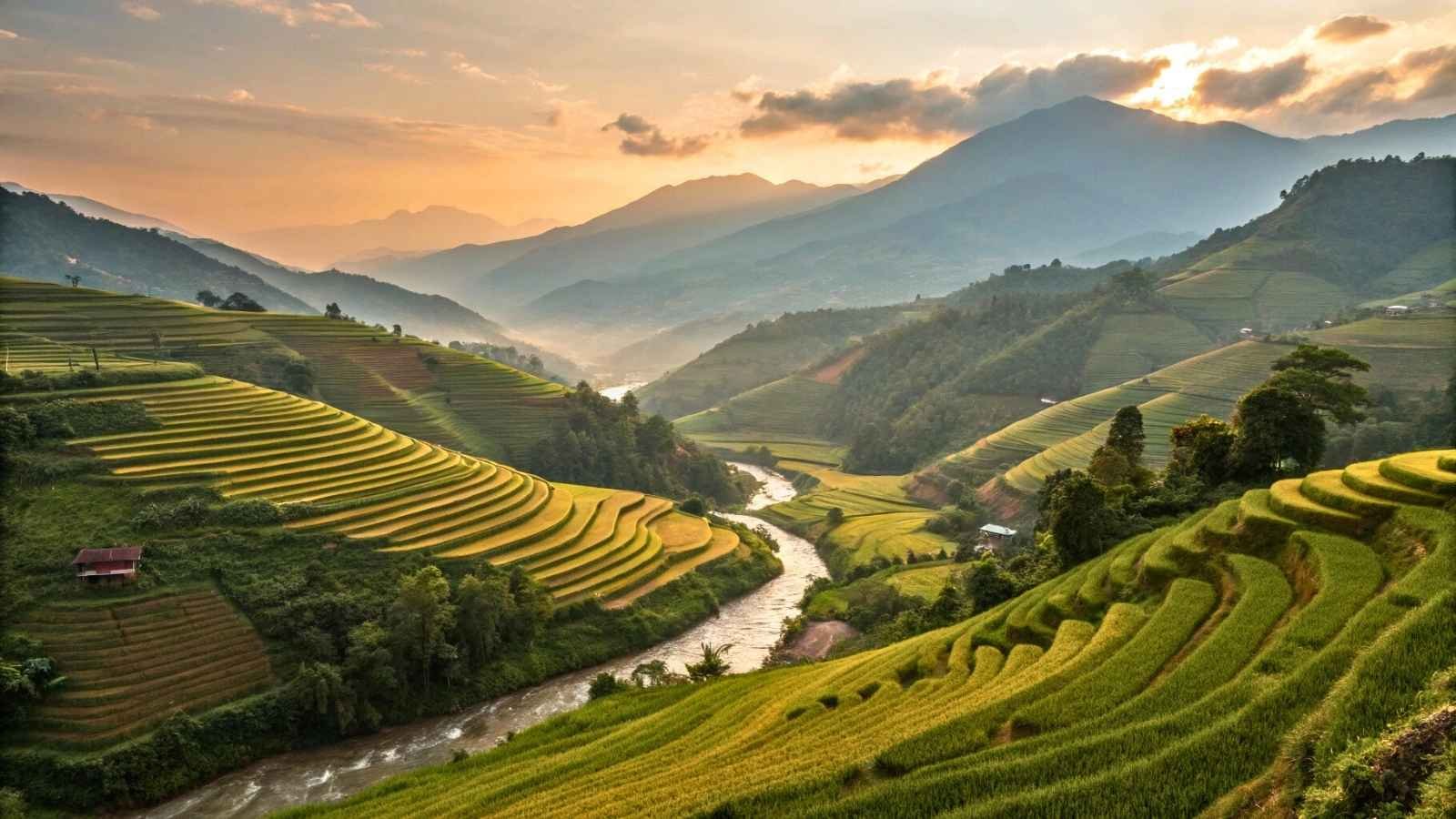
Vietnam’s coastline often steals the spotlight, but just inland, the Central Highlands whisper a different kind of beauty — one shaped by pine-covered hills, misty coffee plantations, and minority cultures with stories older than the borders that define them. This is the Vietnam that tourists don’t rush to, which makes it all the more rewarding.
Cities like Buon Ma Thuot and Kon Tum are gateways to indigenous villages where life runs on tradition. It’s also the heart of Vietnam’s coffee culture — and trust us, there’s nothing quite like sipping robusta beside a pepper vine at sunrise. Roads are wide and winding here, perfect for slow travel with just enough unpredictability to keep things interesting.
Come here for the cool air, waterfall treks, quiet lakes, and the feeling that you’ve found a corner of Vietnam that still looks inward, not out.
Quick Guide:
- Best Months to Visit: November to April (dry season with mild temps)
- Top Experiences: Coffee farm tours, Gia Long waterfalls, ethnic minority village stays
- Getting There: Fly to Buon Ma Thuot or Pleiku from Ho Chi Minh City or Hanoi
- Where to Stay: Boutique lodges, stilt house homestays
- Pro Tip: Don’t miss Dray Nur Waterfall — still relatively hidden and very powerful after rain
7. Zambia
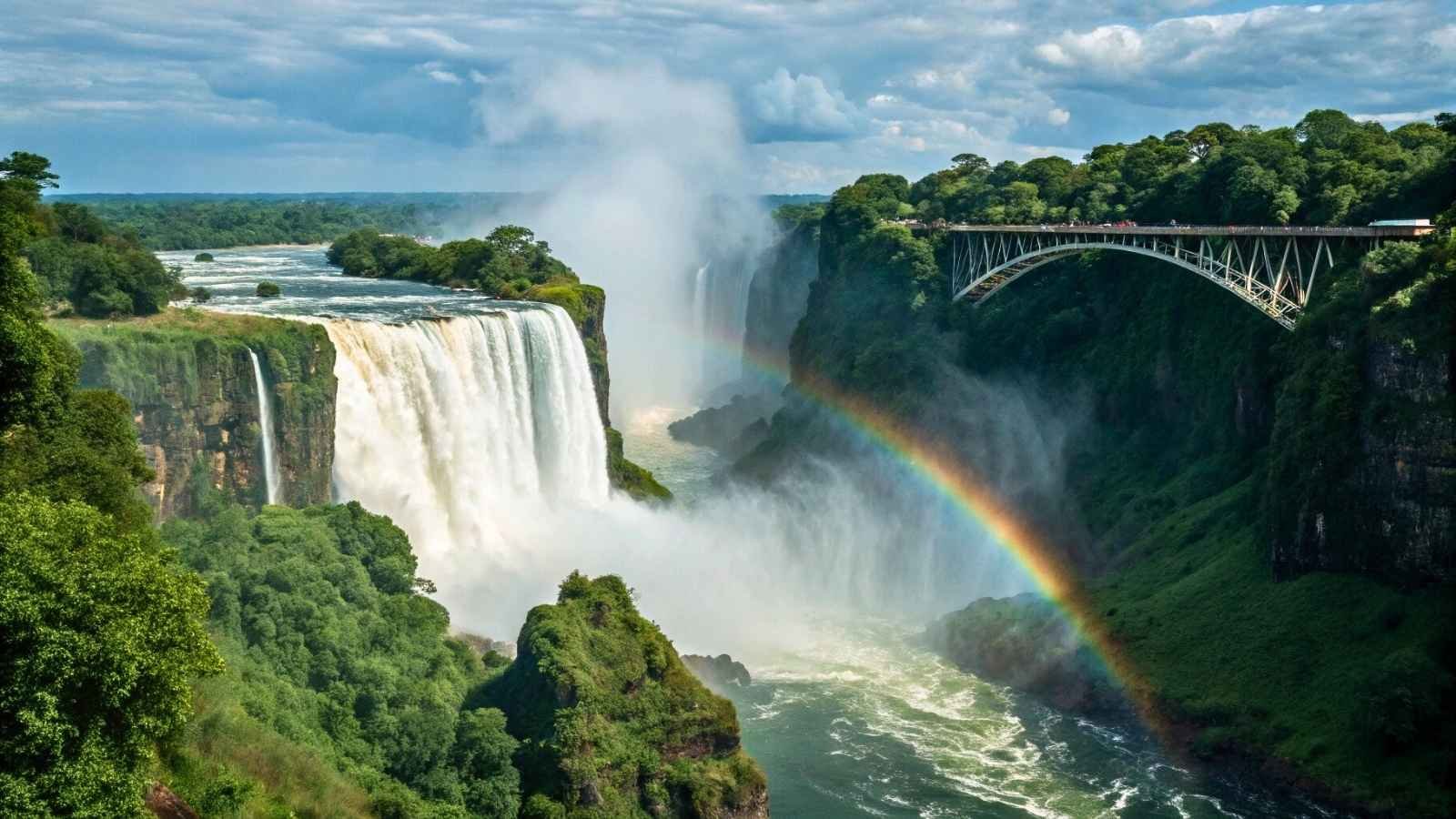
When people talk about African safaris, Zambia isn’t always the first name out of their mouths, which is exactly why it’s perfect for those seeking something unfiltered. Zambia is wild in the truest sense, a land where walking safaris were born, and wildlife still roams without the spotlight of mass tourism.
Unlike some safari hubs, Zambia makes you work just a little harder for the view — but that’s part of the magic. In places like South Luangwa National Park, you’re not watching from behind a tinted window — you’re on foot, listening to the rustle of grass and the distant call of lions. It’s immersive, primal, unforgettable.
This is a country that values conservation over crowds and experience over comfort. You may go in search of wildlife, but you’ll leave with something deeper — an emotional tether to the land itself.
Quick Guide:
- Best Months to Visit: June to October (dry season; best for game viewing)
- Top Experiences: Walking safaris in South Luangwa, Victoria Falls (Zambia side), canoeing the Lower Zambezi
- Getting There: Fly into Lusaka or Livingstone, and connect via domestic flights
- Where to Stay: Luxury bush camps, riverfront lodges, tented safaris
- Pro Tip: For raw intimacy with nature, opt for walking safaris over vehicle tours
8. Uganda
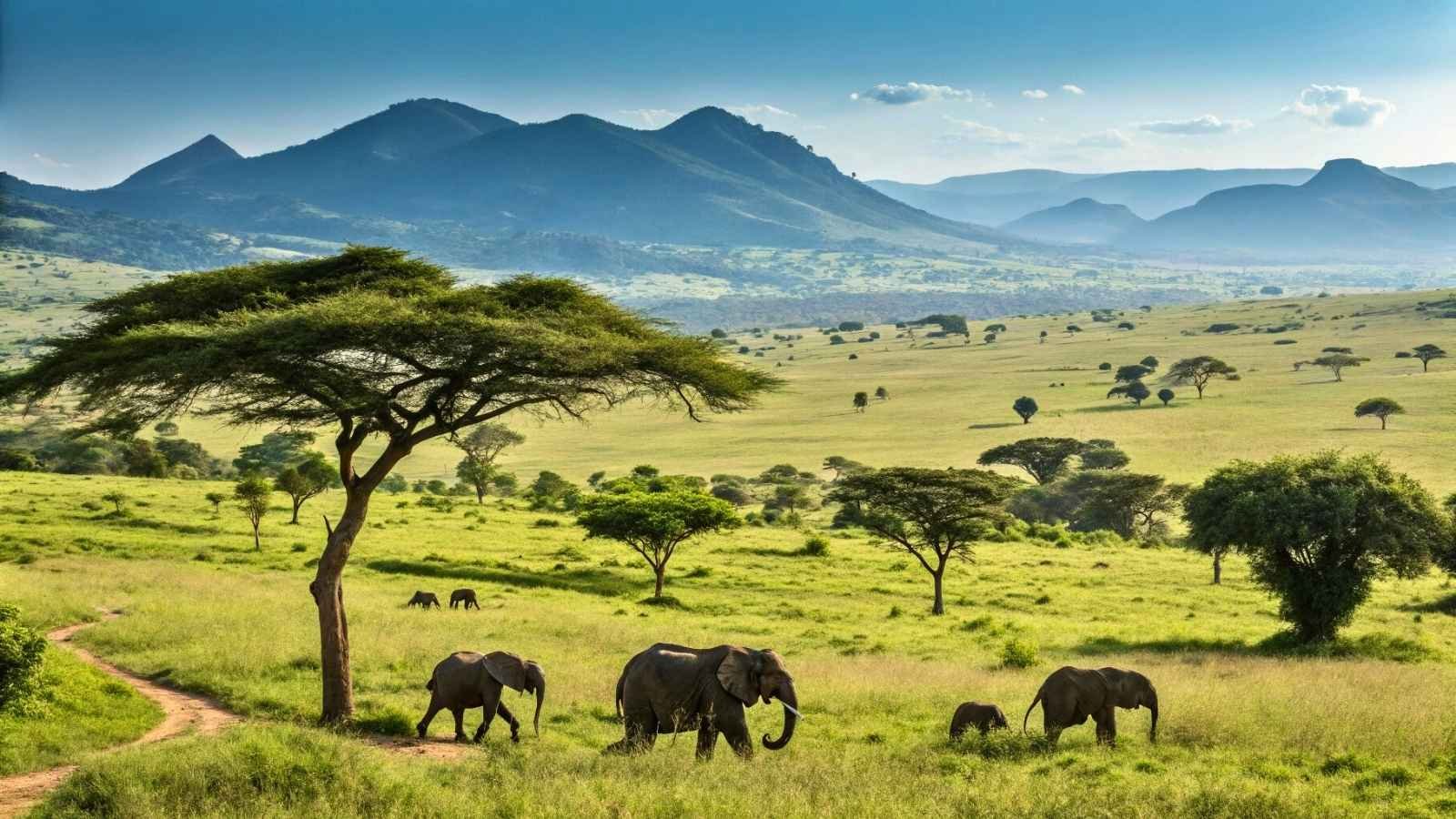
Known as the “Pearl of Africa”, Uganda combines everything you want from the continent — wildlife, culture, epic landscapes — without the crowds or high prices of its neighbors. Yet somehow, it still flies under the radar.
Here, you can lock eyes with a mountain gorilla in the thick of Bwindi Impenetrable Forest one day, and the next be cruising across the mirror-like waters of Lake Bunyonyi. Its national parks, like Queen Elizabeth and Murchison Falls, teem with game but lack the jeep traffic, which means you often have the savannah to yourself.
Uganda doesn’t feel curated. It’s alive, unpredictable, and personal in the best way. There’s something deeply human about this place, where warm smiles meet lush hills, and nature still feels like it’s in charge.
Quick Guide:
- Best Months to Visit: June to September or December to February (drier seasons)
- Top Experiences: Gorilla trekking in Bwindi, Nile boat safaris, Lake Bunyonyi island-hopping
- Getting There: Fly into Entebbe International Airport
- Where to Stay: Jungle lodges, lakeside cabins, eco-camps
- Pro Tip: Permits for gorilla trekking are limited — book months in advance
9. Simien Mountains, Ethiopia
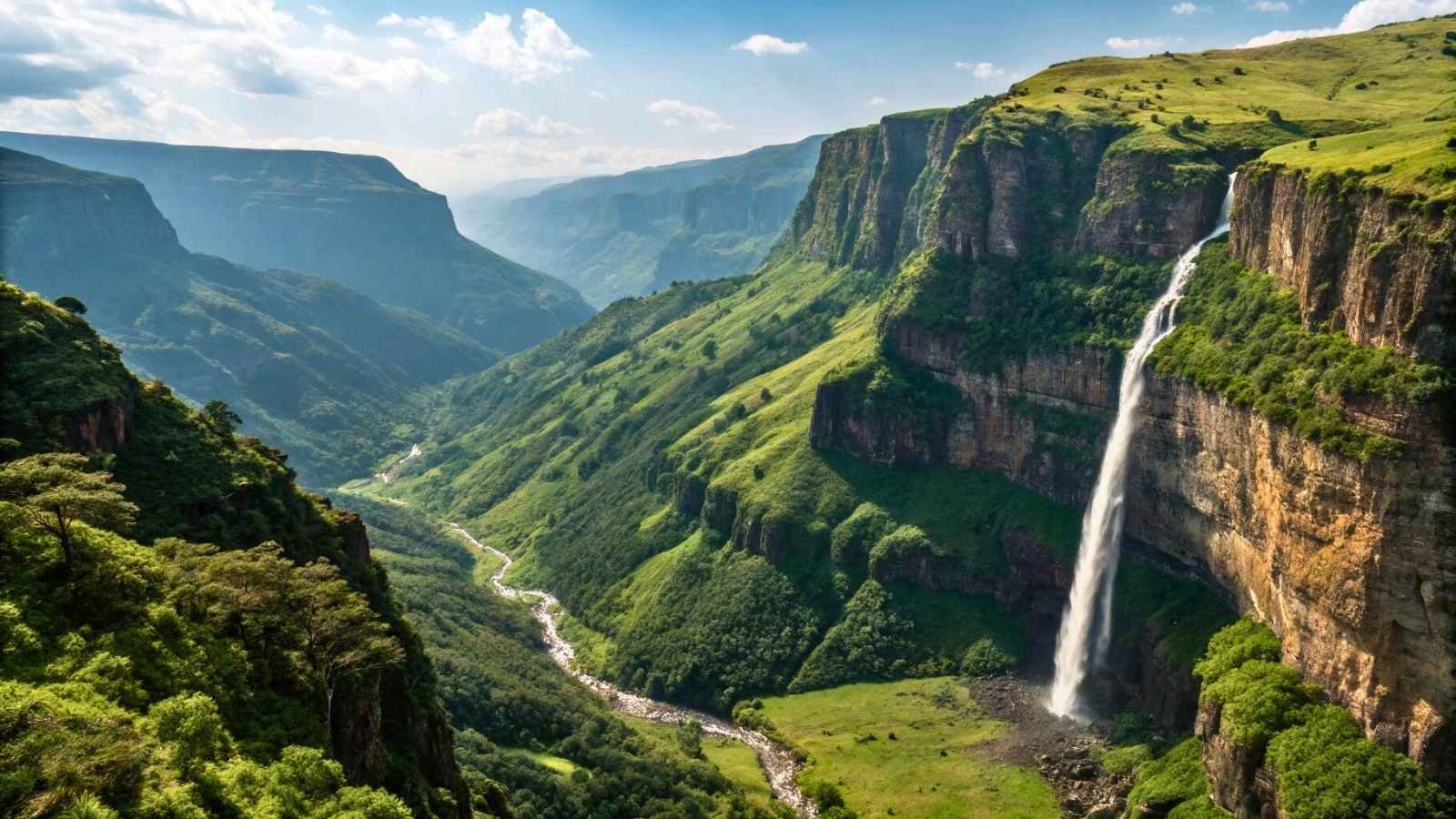
Ethiopia may be known for ancient churches and coffee roots, but its Simien Mountains are an epic, underappreciated wonder. Often called the “Roof of Africa”, these highlands rise into craggy peaks and sweep across deep canyons where wildlife roams and skies stretch forever.
Trekking here isn’t just about the views (though they’re jaw-dropping) — it’s about encountering gelada monkeys grazing on cliff edges, watching lammergeiers soar overhead, and sharing trails with Amhara guides who’ve known these hills since childhood. It’s raw, but rich with meaning.
Remote yet reachable, the Simien Mountains make you feel like a true explorer, not just of terrain, but of time. It’s an ancient land with a pulse you can almost hear.
Quick Guide:
- Best Months to Visit: October to March (clear skies and cooler temps)
- Top Experiences: Multi-day trekking, spotting geladas and ibex, summiting Ras Dashen (Ethiopia’s highest peak)
- Getting There: Fly to Gondar, then drive to the park entrance at Debark
- Where to Stay: Trekking camps, basic lodges, guided tour setups
- Pro Tip: Bring layers and altitude meds — even in Africa, it gets cold up here
10. Togean Islands, Indonesia
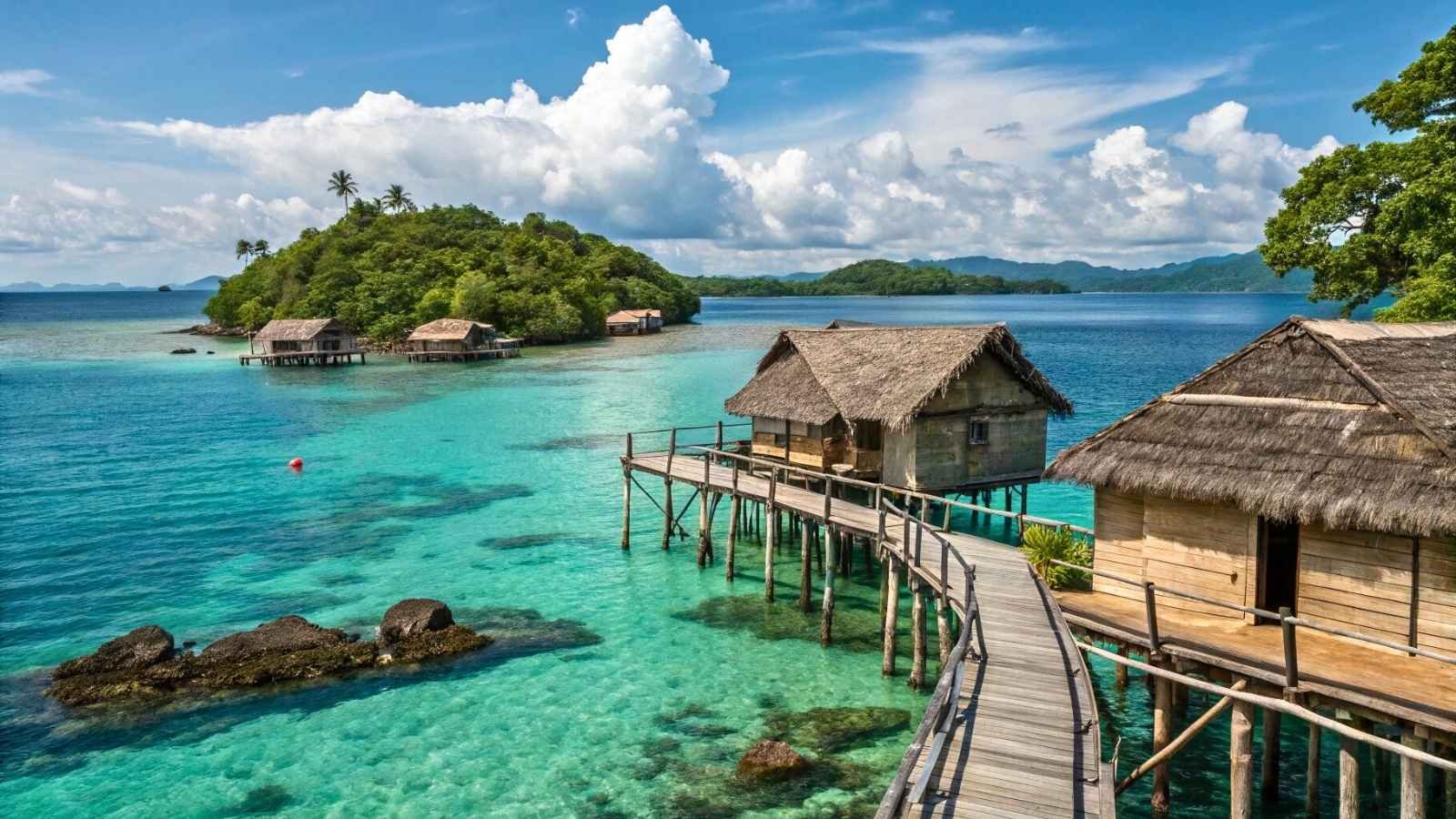
Indonesia has thousands of islands, but the Togeans are the kind of remote you feel in your bones. Located in the Gulf of Tomini (Central Sulawesi), they’re only reachable by long boat and slower travel, but what awaits is a tropical hush, coral gardens, and shores untouched by overdevelopment.
There are no roads here, no chain hotels. Just fishing villages, barefoot lodges, and waters where you’ll often be the only snorkeler for miles. Reefs flourish, dugongs roam, and the sunsets look like they were painted by someone showing off.
The Togeans ask you to unplug — and reward you with one of the most peaceful, off-the-grid beach experiences left in Southeast Asia.
Quick Guide:
- Best Months to Visit: April to October (dry season and best water visibility)
- Top Experiences: Snorkeling reefs, swimming with jellyfish in Mariona Lake, staying with the Bajo sea gypsy communities
- Getting There: Fly to Ampana or Luwuk, then boat to the islands
- Where to Stay: Eco-resorts, beach huts with solar power and spring water
- Pro Tip: Pack light and bring a waterproof bag — this is pure boat-and-barefoot territory






